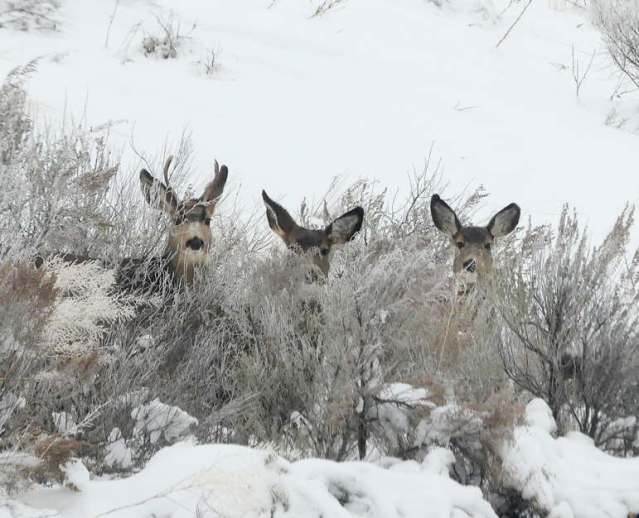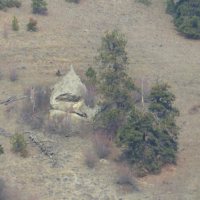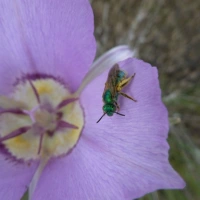Big sage does her thing in the winter. It would be wrong, though, to call her a survivor. She makes stuff happen here. She provides shelter for flies in mid-January. The flare out onto the snow and back.
She makes stuff happen here. She provides shelter for flies in mid-January. The flare out onto the snow and back.
They are shaken loose when the redpolls come to devour her seeds. Only full-grown sage will do for this work.
Only full-grown sage will do for this work.
Under her shade, she melts the snow away. It’s a secret world down there. Fuzzy yellow bee flies fly out from their tunnels, flare in the sun, then dash back in.
It’s the sun that big sage has gathered from the air that makes it possible. Just two weeks ago, it was a different world:

Mice have spent the last couple months running out into their sub-snow cities on street networks branching out from her, too. They are shut down now..

She guides deer into the spaces between her, and human wanderers who follow. It is right now, in the bare, warm soil of their former footsteps that her seeds will fall as the birds scatter them in their feeding frenzy.

On a hill like this, big sage loves to grow in footsteps. Footsteps of deer…

…or of photographers …
… it really maters not. She is big sage, and she owns this place all winter long.

We are hers.

In the Okanagan winter, conversations should be centred around her light. Just ask the redpolls.

Categories: Grasslands, Nature Photography, Spirit














And I can smell it from here…
LikeLike
Oh yes.
>
LikeLike
Sage, deer, sparrows, snow…it’s a lovely world, Harold!
LikeLike
Redpolls?
LikeLike
I pored through the bird books, and that purple splash on the head and the yellow beak suggested sparrows. Any red poll pics I found had no yellow beak. But redpolls, in my memory, are a bit smaller. I’m no birder, though. I hedged my bets by not saying which ones. You think redpoll is more likely? >
LikeLike
Yes, I think they are common redpolls. (We have about 40 of them in the front yard right now.)
Lovely birds. On the prairies they go crazy over canola, GMO or not. The ones with glowing eyes had the GMO type.
“Common Redpolls are brown and white birds with heavily streaked sides. Look for a small red forehead patch, black feathering around a yellow bill, and two white wingbars. Males have a pale red vest on the chest and upper flanks.”
LikeLike
Thanks! So much for the photos I found. This description sounds right.
>
LikeLike